Understanding FAPE: A Detailed Explanation
FAPE, or Free Appropriate Public Education, is a fundamental right for students with disabilities under the Individuals with Disabilities Education Act (IDEA). It ensures that every child with a disability, regardless of the nature or severity, has access to an education tailored to their unique needs without any financial burden to their families. Let’s break down the components of FAPE to better understand its significance.
Free
As the name suggests, a “free” education means that all educational services, supports, and accommodations provided to students with disabilities must be delivered without any cost to the student or their family. This includes not only tuition fees but also the expenses associated with evaluations, special education services, transportation to and from school, and any necessary assistive technology.
Appropriate
An “appropriate” education under the Free Appropriate Public Education (FAPE) mandate is one that is designed to meet the individual needs of the student with a disability, providing them with meaningful educational benefits and opportunities for growth. To determine what constitutes an appropriate education, several factors are taken into account, such as the student’s specific disability, their unique strengths and weaknesses, and their potential for progress. Below, we will explore some key aspects of what makes an education appropriate under FAPE, along with examples to illustrate these points.
Individualized Education Program (IEP)
The cornerstone of an appropriate education under FAPE is the development and implementation of an Individualized Education Program (IEP). The IEP is a legally binding document that outlines the student’s specific needs, goals, and objectives, as well as the services, supports, and accommodations required to address those needs. For an education to be considered appropriate, the IEP must:
- Be based on a comprehensive evaluation of the student’s needs
- Set measurable, attainable, and time-bound goals and objectives
- Provide individualized services, supports, and accommodations tailored to the student’s unique needs
- Be reviewed and updated regularly to reflect the student’s progress and changing needs
Example: A student with a learning disability in reading may have an IEP that includes specialized reading instruction, extra time on reading assignments, and access to audiobooks.
Meaningful Educational Benefit
For an education to be considered appropriate under FAPE, it must provide the student with a meaningful educational benefit. This means that the student should be able to make progress toward their IEP goals and objectives, as well as achieve growth in academic, social, emotional, and behavioral domains. The progress may not be equivalent to that of their non-disabled peers, but it should be meaningful and based on the student’s unique potential.
Example: A student with autism may have an IEP that addresses both academic goals, such as improving math skills, and social goals, like enhancing communication and social interaction with peers.
Least Restrictive Environment (LRE)
An appropriate education under FAPE must also be provided in the Least Restrictive Environment (LRE). This means that, to the maximum extent appropriate, students with disabilities should be educated alongside their non-disabled peers in general education settings, with access to the same curriculum and extracurricular activities. Inclusion in the LRE may require supplementary aids and services, as well as modifications and accommodations to ensure access and participation.
Example: A student with a physical disability may participate in a general education classroom with the aid of a wheelchair-accessible desk, an adapted physical education program, and additional support from a paraprofessional.
Related Services
In some cases, an appropriate education under FAPE may require the provision of related services, such as occupational therapy, speech-language therapy, or counseling. These services are designed to help the student access and benefit from their education, and must be provided if deemed necessary by the IEP team.
Example: A student with a speech and language impairment may receive speech therapy services to improve their communication skills, enabling them to participate more effectively in classroom discussions and social interactions.
Public
The term “public” in FAPE emphasizes that these rights and protections apply to students with disabilities enrolled in public schools. Public schools are legally obligated to provide FAPE under IDEA, which means they cannot refuse to admit or serve a student with a disability based on the nature or severity of their disability. While private schools may voluntarily choose to provide services and supports for students with disabilities, they are generally not bound by the same legal requirements as public schools.
Education
Lastly, the “education” component of FAPE refers to the entire range of educational services, supports, and accommodations that a student with a disability may require to access and benefit from their education. This may include, but is not limited to:
- Specialized instruction
- Related services, such as speech therapy, occupational therapy, or counseling
- Supplementary aids and services, like assistive technology devices, classroom aids, or modified materials
- Modifications and accommodations, such as extended time on tests, preferential seating, or altered curriculum
In summary, FAPE is a cornerstone of special education rights, ensuring that students with disabilities have equal access to a free, appropriate education tailored to their unique needs in public schools. By understanding the components of FAPE, parents and educators can work collaboratively to create and maintain an inclusive, supportive educational environment for all students.

